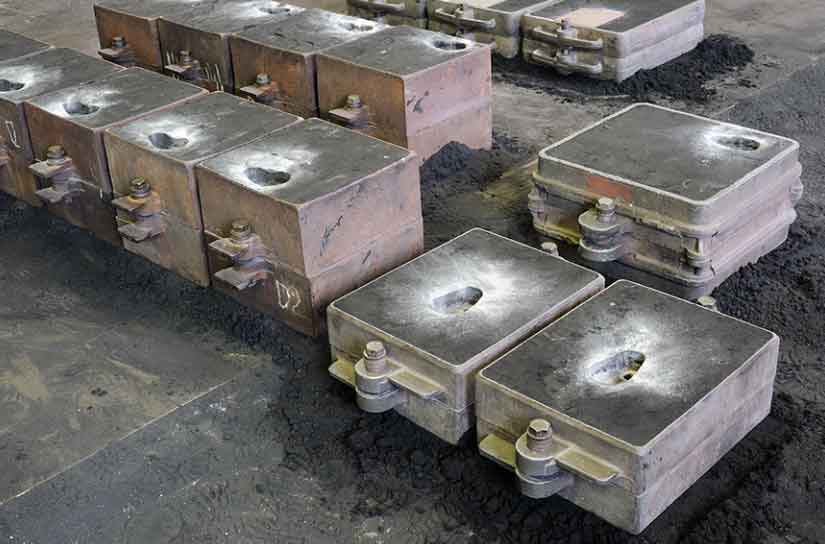Resin sand casting is a widely used casting process that involves creating a mold using a mixture of resin and sand. Over the years, there have been several innovations and advancements in resin sand casting technology, aimed at improving the quality, efficiency, and sustainability of the process. Here are some notable developments:

- Binder Systems: Traditional resin sand casting often relied on phenolic urethane binders, which have certain limitations. However, there have been advancements in binder systems, with the introduction of furan resin binders and other organic binders. These binders offer improved casting quality, reduced emissions, and enhanced mold stability.
- Sand Preparation: The preparation of sand is a critical aspect of resin sand casting. Advances in sand preparation technology have led to better control over sand properties, such as grain size distribution, moisture content, and compactability. Automated systems for sand mixing and conditioning ensure consistent sand quality and reduce human error.
- 3D Printing for Mold Patterns: Additive manufacturing, particularly 3D printing, has revolutionized the production of mold patterns used in resin sand casting. Complex geometries can be easily produced with 3D printers, reducing the time and cost associated with pattern making. 3D printing also enables rapid prototyping and iteration, facilitating design optimization.
- Simulation and Digital Tools: Computer-aided engineering (CAE) tools and simulation software have become invaluable in resin sand casting. These tools allow engineers to simulate the casting process, predict potential defects, and optimize mold design and gating systems. Virtual simulations help reduce the number of physical prototypes required, saving time and resources.
- Environmental Considerations: Sustainability has become a significant focus in modern casting technologies. Resin sand casting has seen advancements in the development of eco-friendly binders and reclaiming systems. Water-based binders and binders derived from renewable resources are being explored to reduce environmental impact. Additionally, efforts are being made to improve sand reclamation systems, reducing waste generation and promoting the reuse of sand.
- Process Automation: Automation plays a crucial role in enhancing the efficiency and consistency of resin sand casting. Robotic systems can handle tasks such as mold handling, pouring, and shakeout, reducing labor requirements and increasing productivity. Automated systems also offer improved process control and data collection for quality assurance.
- Advanced Casting Alloys: Resin sand casting is used in a wide range of industries, including automotive, aerospace, and machinery. The development of advanced casting alloys has expanded the capabilities of resin sand casting. These alloys offer superior mechanical properties, high temperature resistance, and improved corrosion resistance, meeting the demanding requirements of various applications.
These innovations and advancements in resin sand casting technology have led to improved casting quality, reduced production costs, and increased sustainability. The continued research and development in this field are expected to bring further advancements and expand the applications of resin sand casting in the future.
